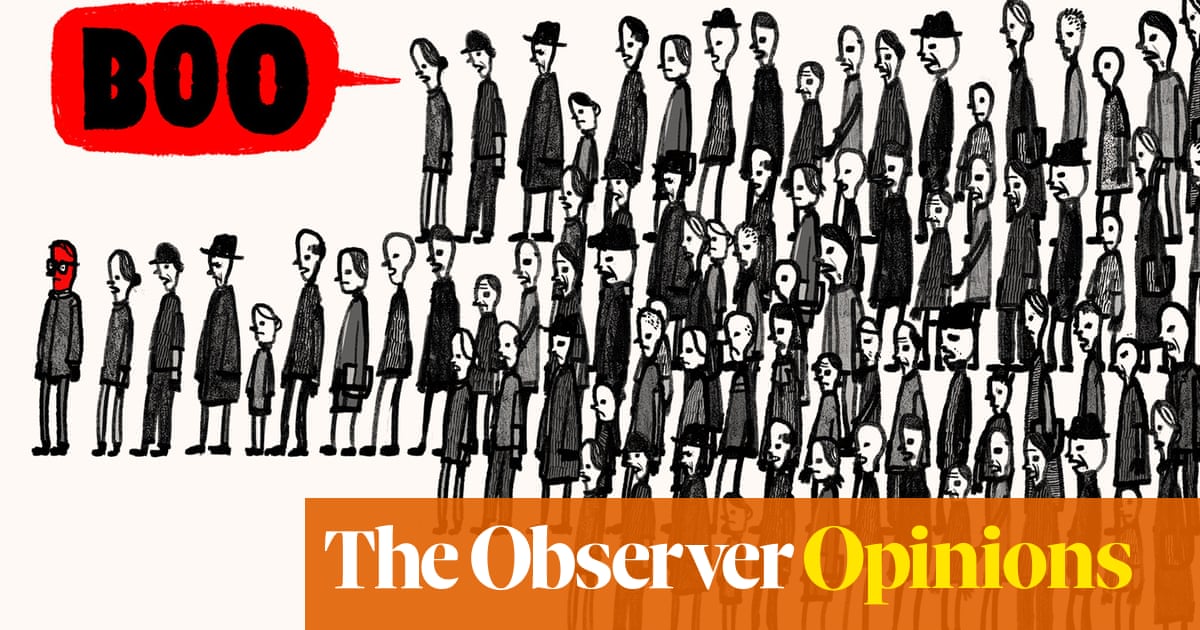Sales of full-fat cow’s milk are booming, while the fervour for semi-skimmed has cooled. But is the blue cap healthier than the green? We take a look.
Is full-fat cow’s milk healthier than skimmed or semi-skimmed milk?
As Nichola Ludlam-Raine, a spokesperson for the British Dietetic Association, points out, that depends on who is drinking it.
“Full-fat milk contains more calories and saturated fat compared to semi-skimmed or skimmed milk, which may be beneficial for those needing more energy or wanting to increase satiety,” she says. “However, for those managing weight or cardiovascular risk factors, semi-skimmed or skimmed milk may be a better option, as they provide the same essential nutrients with fewer calories and less saturated fat.”
She says saturated fat in milk appears to have a different impact within the body than that found in butter, coconut oil and fatty meats.
“Some studies suggest that the matrix of dairy – which includes calcium, protein and other bioactive compounds – may help mitigate some of the potential negative effects of saturated fat on cholesterol levels. However, current guidelines still recommend prioritising unsaturated fats for heart health.”
Does full-fat milk have more calcium?
No – in fact the calcium content is fairly similar whether your milk is skimmed, semi-skimmed or full fat.
“Calcium is found in the water-based portion of milk, not the fat,” says Ludlam-Raine, noting that all three types of milk provide an excellent source of this nutrient as well as iodine, both of which are important for bone health.
Tom Sanders, a professor emeritus of nutrition and dietetics at King’s College London, says that while the amount of vitamin A in semi-skimmed milk is half the level found in full-fat milk, “that is of little significance in the UK because vitamin A deficiency is unlikely to occur”.
Is this debate down to concerns and confusion about processed foods?
That could be one factor – but as Ludlam-Raine, the author of How Not to Eat Ultra-Processed, notes, the term “processing” can be misleading.
“Many people equate minimal processing with health benefits and are trying to avoid ultra-processed foods, which in many cases is a positive change,” she says. “However, skimming milk to remove some of the fat is a simple, mechanical process and does not make the product ultra-processed. In fact, most milk – full fat or otherwise – undergoes some level of processing, such as pasteurisation, to ensure safety, which is a positive thing.”
Sanders notes that only sweetened condensed milk is regarded as ultra-processed. By contrast, fresh or pasteurised milk, including skimmed milk, falls within the unprocessed or minimally processed category of the Nova classification system used to define the extent of food processing.
So if I want cow’s milk, what should I drink?
“Ultimately, the best choice depends on the individual’s health goals,” said Ludlam-Raine.“The key is to focus on the overall dietary pattern rather than isolating one food or nutrient.”
Sanders says full-fat milk makes better frothy coffee than skimmed milk – which is why it is used in many coffee shops.
“Full-fat milk also makes a better curd when making homemade yoghurt” he says. “However, there are no health reasons to switch from semi-skimmed to full-fat milk and the change would be in the wrong directions for saturated fat and calories.”

 3 months ago
57
3 months ago
57













































